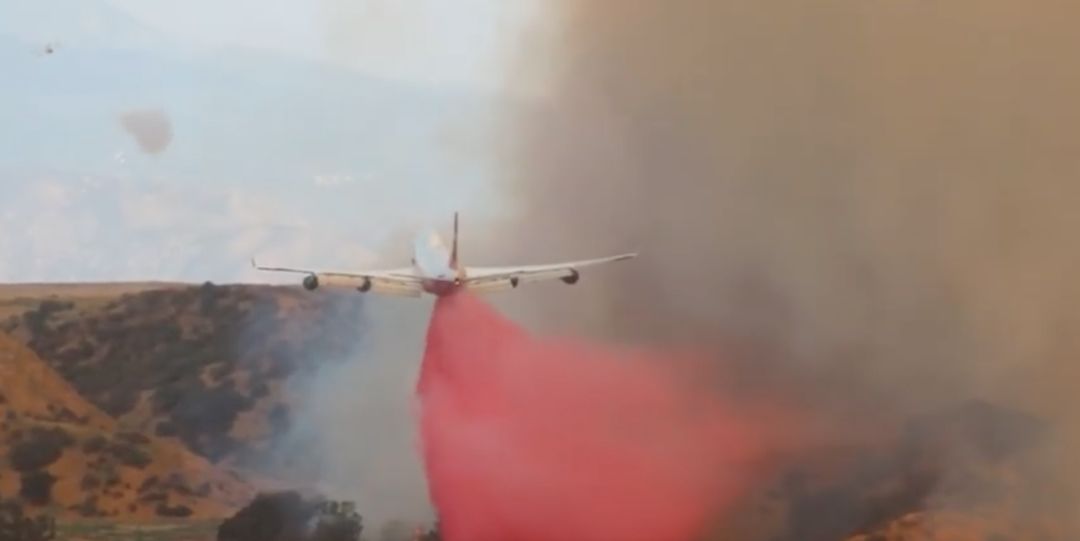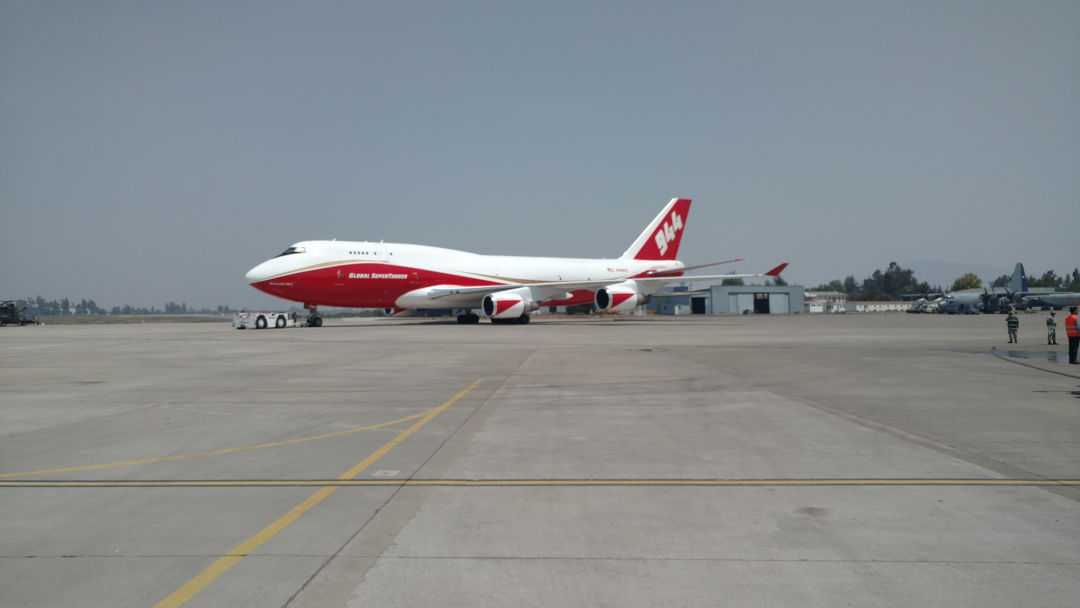Oregon's on Fire. Where's the Supertanker?

Video capture of the Global SuperTanker in action, spraying fire retardant. Video posted on YouTube on September 3, 2017.
Image: Breedof Speed
In Troutdale on September 5, as Governor Kate Brown wrapped up a press conference about the raging Eagle Creek fire—a blaze that has since consumed some 31,000 acres of the Columbia River Gorge—a reporter slipped in one final question: was it supertanker time?
Here, the typically equable governor released a half-chuckle, almost a sigh. “The supertanker question’s been raised, as well, for the Chetco Bar fire. Um.”
Given her subsequent patient explanation—that wind conditions and extreme smokiness limited the usefulness of supertankers for both fires—it might be safe to assume this isn’t the first time the governor has had to disappoint constituents eager to see a 56-ton flying fire extinguisher in action.
Indeed, reporters at the press conference immediately pressed the point—interest that was echoed throughout the day by news affiliates including KGW, KATU, and KOIN 6, which devoted an entire evening news segment to the supertanker.
Drastic times call for drastic measures? The charismatic megacraft in question—a converted Boeing 747-400, a third-generation VLAT (very large air tanker) managed by Colorado Springs-based Global SuperTanker Services—has interim approval from the USDA to assist federal and local fire-fighting agencies, though California's Cal Fire is the only US agency to currently hold a contract for on-call services. Operators of the Global SuperTanker claim it can fly just short of the speed of sound to reach “virtually any point in North America in approximately 4.5 hours” with its payload: nearly 20,000 gallons of fire retardant, gel, foam, or water discharged in bursts or in a continuous 3-kilometer-long swath. The drop force, says Global SuperTanker, resembles a heavy rainstorm and is safe for ground personnel.

The B747-400 on the tarmac in Chile.
Image: Global SuperTanker
At the Tuesday press conference, Gov. Brown confirmed that the state could theoretically access supertankers if needed. But recall: Oregon isn’t the only state that’s a blazing inferno. Currently the B747-400 is busy, to quote CBS Sacramento, “laying the smackdown on California fires” across multiple counties, including the 4,000-acre Ponderosa Fire in Butte County.
If Gov. Brown could wrest the big bird away from the Golden State, it wouldn’t be cheap, costing about $50k a day on standby plus $15k more per flight hour. But there are other reasons why the supertanker might not be a good fit for Eagle Creek—reasons we suspect Brown already knows.
As Cal Fire Deputy Chief Scott McLean told CBS Sacramento on September 5, the B747-400 isn’t built for all fires. According to McLean, the massive, low-flying craft can have difficulty navigating low visibility conditions (due to smoke, for example) and in terrain dominated by canyons (say, a gorge).
At the Eagle Creek press conference that same day, Brown attempted to throw a towel on the public's continued supertanker speculation.
“We will use all the tools in the toolbox that weather conditions allow,” she said, before turning from the cameras. Sadly for fans of heavy artillery, the world’s largest flying fire truck might not make the cut.




